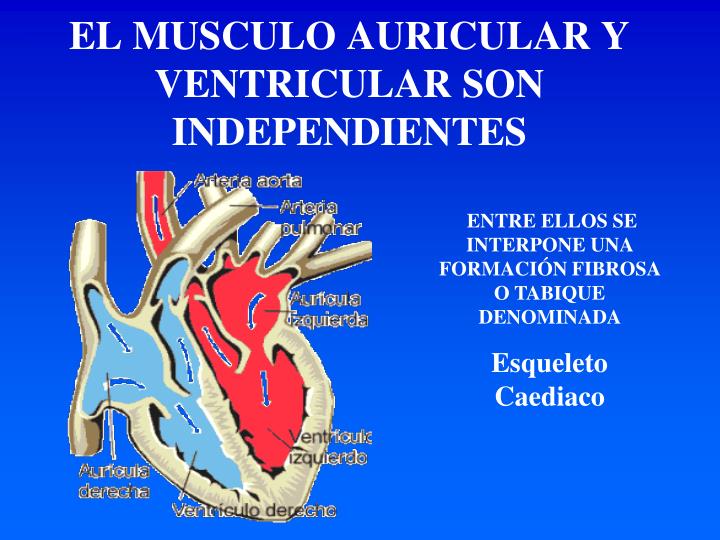
Women had similar rates of anticoagulation and similar time in therapeutic range. Women had lower (more severe) unadjusted baseline overall Atrial Fibrillation Effects on Quality of Life scores (n = 2007 80 IQR, 62-92 vs 83 IQR, 69-94 P < .001). Only 32.1% of women (n = 1378) were asymptomatic (European Heart Rhythm Association class I) compared with 42.5% of men (n = 2483) in unadjusted analyses ( P < .001). Compared with men, women were older (77 years interquartile range, 69-83, vs 73 years IQR, 65-80 P < .001) and had higher median CHA 2DS 2-VASc scores (5 IQR, 4-6, vs 3 IQR, 2-5 P < .001), but less sleep apnea (578 vs 1264 P < .001). Results Overall, 4293 of the cohort (42%) were female. Main Outcomes and Measures Symptoms, quality of life as measured by Atrial Fibrillation Effects on Quality of Life scores, AF treatment, cardiovascular outcomes, stroke or non–central nervous system embolism, and all-cause mortality. The Outcomes Registry for Better Informed Treatment of Atrial Fibrillation is a prospective, nationwide, multicenter outpatient registry of patients with incident and prevalent AF enrolled at 176 sites between June 2010 and August 2011. Objective To determine whether symptoms, quality of life, treatment, and outcomes differ between women and men with AF.ĭesign, Setting, and Participants This observational cohort study included 10 135 patients with AF. Importance Despite the frequency of atrial fibrillation (AF) in clinical practice, relatively little is known about sex differences in symptoms and quality of life and how they may affect treatment and outcomes. Shared Decision Making and Communication.Scientific Discovery and the Future of Medicine.Health Care Economics, Insurance, Payment.Clinical Implications of Basic Neuroscience.




Los más recientes ofrecen diagnósticos del ritmo y estado de la enfermedad, con varios algoritmos diseñados para ofrecer un tiempo de entrega de la estimulación de impulsos y aun los más recientes presentan diagnósticos indicativos de la fisiopatología. Los marcapasos cardíacos han sido parte del arsenal terapéutico para el manejo de una variedad de bradiarritmias durante muchas décadas y con la evolución de los generadores de estimulación se ha reducido su tamaño, incrementado la longevidad, así como su complejidad.


 0 kommentar(er)
0 kommentar(er)
